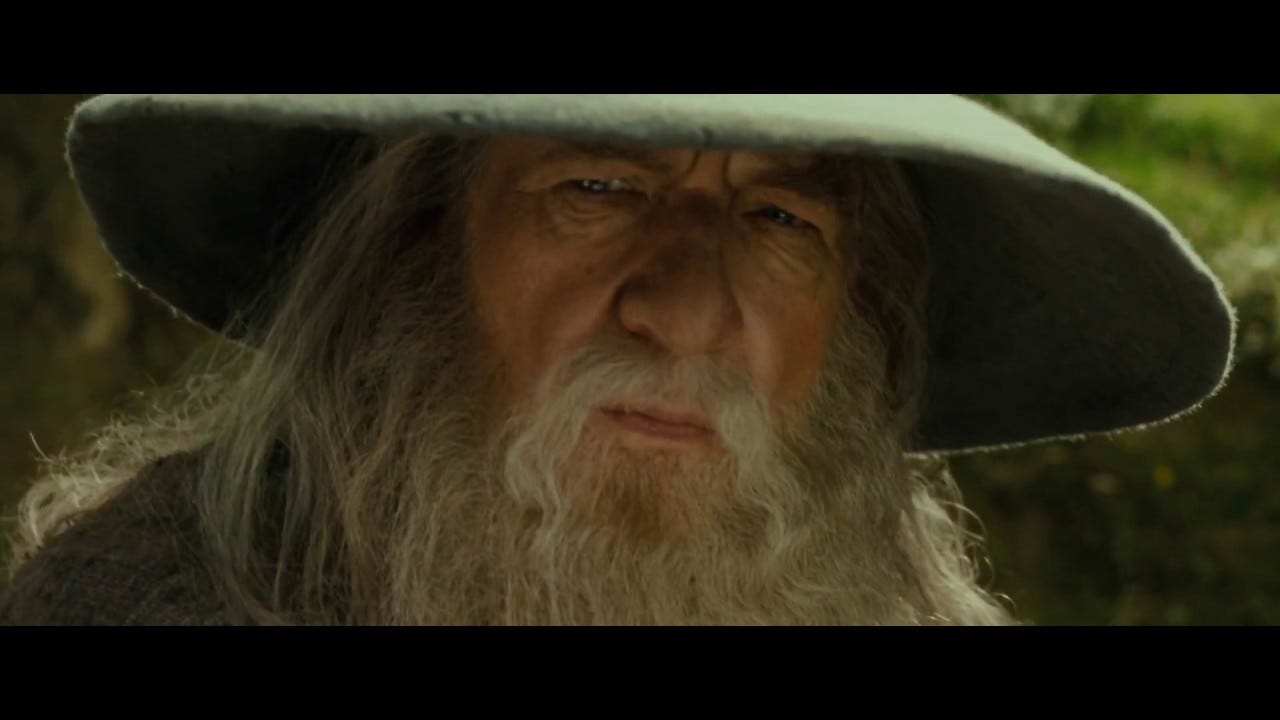Now, I'd like to raise a question, not sure if its appropriate for this particular thread but here it is as its related to the topic

Assume you've got perfect horizontal directivity, what ever that is, but imaging and spaciousness are 3D stuff at best aren't they? What about height and depth? If image is attached to the speakers (height and or depth wise) can we do something about it with directivity and positioning? What is the situation with your speaker setup, nice and wide image due to optimized lateral reflections, but not very tall? or is it full "front wall painting" or even a 3d show?

Hi all!
this thread came back to alive conveniently right when I was doing some listening experiments

I've found out perception of stereo image shifts considerably at some particular listening distance. Perception seems to shift from 2D and slightly far and hazy sound to more enveloping and clear 3D kind of presentation when listening at close enough distance, with small enough listening triangle.
This seems to be what Griesinger has been studying: basically when direct / room sound ratio is high enough brain locks in, separates important direct sound to its own neural stream while background sound gets its own. Now its possible to hear envelopment, get engaged, direct sound has clarity and so on, brain considers direct sound important and pays attention. Listening too far away, and its just one blob of sound, direct and room sound are combined into single neural stream, basically brain thinks its just noise, not important as it cannot focus on it.
Here is link to a paper
http://www.davidgriesinger.com/Acoustics_Today/AES_preprint_2012_2.pdf but about all his lectures and papers and presentations seem to revolve around this phenomenon.
Anyway, my point is listening distance seems to make such a dramatic difference in sound that it should always be mentioned discussing about hifi stereo. Basically it feels like local room is largely not audible when listening close enough, and it doesn't seem to be much about some particular early reflections or their time delays, but just about D/R at the listening spot. Although time and attenuation and direction of early reflections likely have their own effect on perception I'm not sure any of it matters if one is listening too far away, I mean the "image" could be made bigger or smaller but there would be no envelopment for example, or engagement if taking Griesinger studies literally.
Now, lets use some logic on this. For example if question is are lateral early reflections a good thing? And the answer seem to depend on what's your listening distance! If one listens far away, where its already a big hazy blob of sound, you could make it even bigger by having more of the same. But, if one likes to listen at the close proximity, hear more accurately what is on the recording, go and listen close enough distance, which turns the hazy blob reflections into envelopment. In this case I think it would be good to suppress early reflections front of the listening spot in order to reduce "room noise" and to extend the critical distance bit further out into room, hopefully all the way to a practical listening distance. Polar opposite advice and correct one depends on preferred listening distance! A great source for confusion if listening distance is not taken as context.
I speculate suppressing strong early reflections front of listening spot helps to balance out the room sound so that the later reflections arriving from all directions are now relatively higher in level. This to me seems like could sound better as envelopment. I mean, at the critical distance ratio of direct sound and room sound is some constant and by manipulating the earliest reflections what effectively happens is that weight of the "room sound" ought to move from strong early frontal reflections to later and come from all around. Intuitively this ought to make nicer envelopment, but I'm just speculating as I'm not a pro on this.
This should be something everyone can listen to with their setups; Put mono noise or spoken words for both speakers for maximally strong phantom center. Make listening triangle quite small perhaps under 2m / 6ft. Now, move back and forth on the center normal and listen carefully clarity and size of the phantom center. There ought to be quite clear transition between hazy (too far) blob of sound to quite pinpoint and small clear phantom center ( close enough). Between is transition between the two. Learn what this audible critical distance is in your room and which sound you like. Now listen with music, do you still hear it?

In my room and speakers its one step transition, like stepping inside sound. All room treatment and loudspeaker DI and stuff like that can be now optimized for your preferred sound. If you like the close up sound, treatment is likely bit different than if you like the far field sound.
Any thoughs?

Everyone, be sure to find out what is the critical distance with your setup and which side you are listening on to be able to relate any advice to your setup, to your preference and situation. And to actually learn to hear what your room sound sounds like

Have fun listening!

